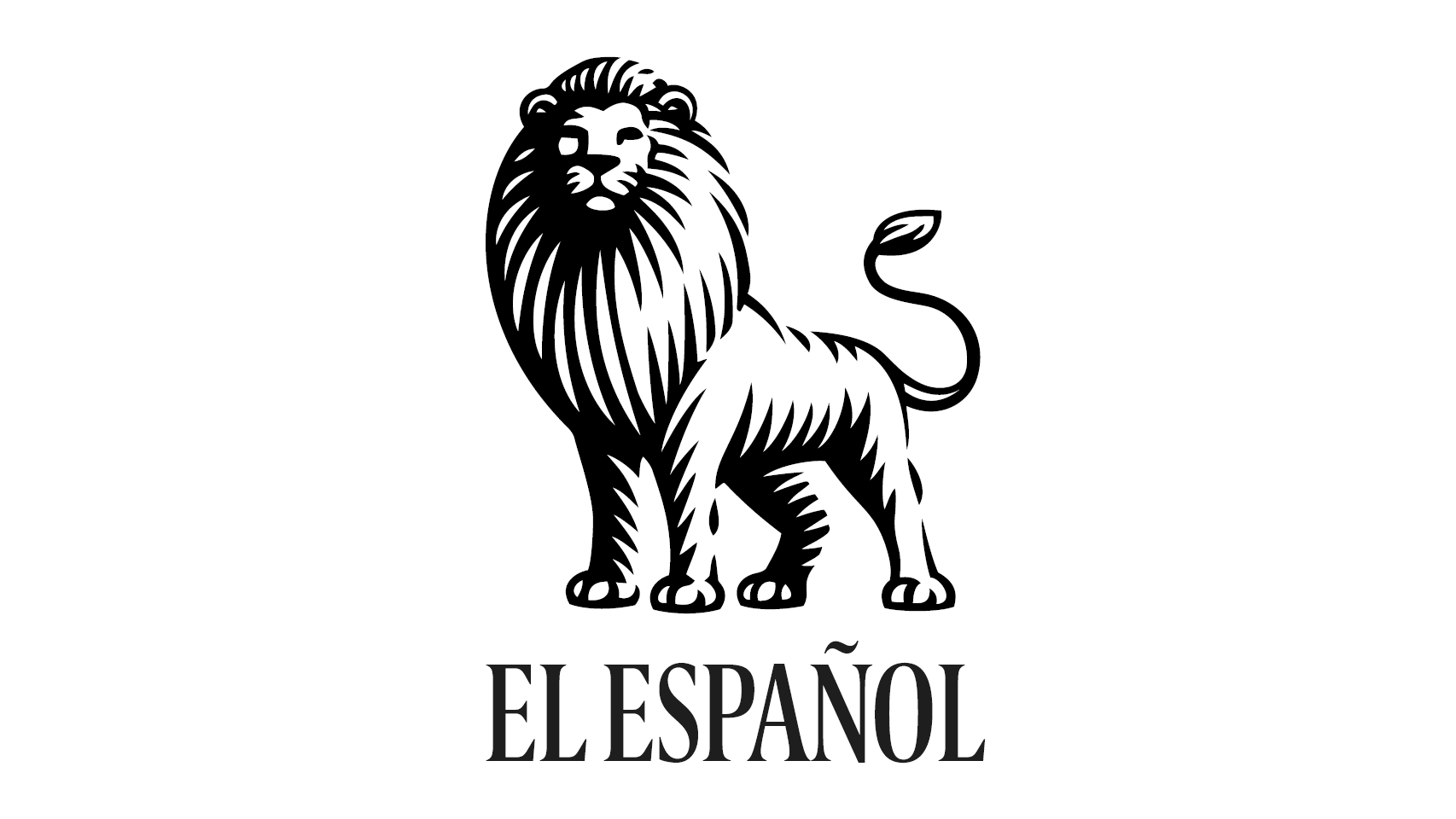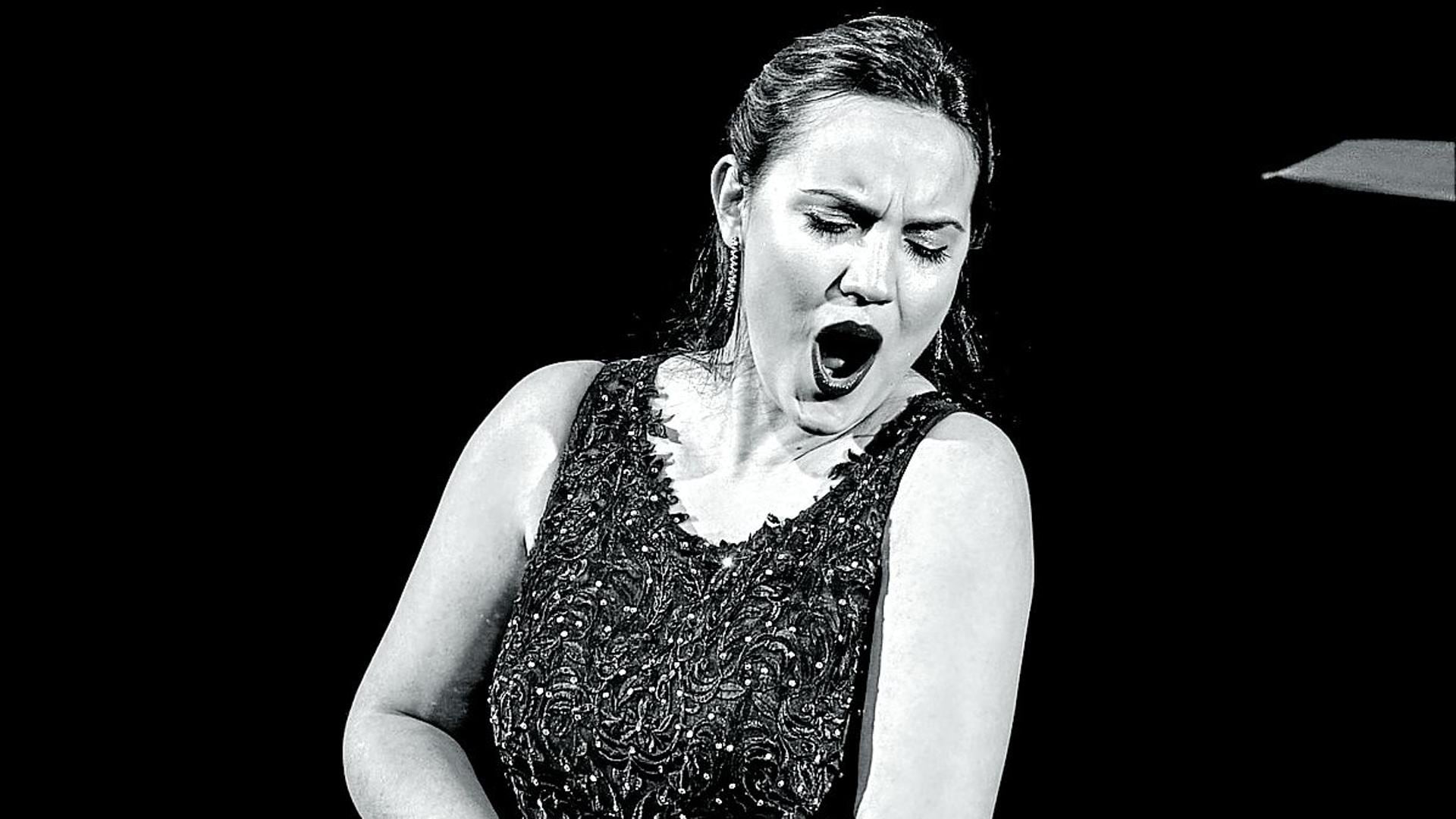Rafa, the tennis player who doesn’t need a last name, is leaving. The player of a thousand tics. The fierce competitor. The guy with impossible comebacks. The teenager who introduced himself to the world in the Davis Cup final won by Spain against the United States in Seville in 2004 said goodbye this week in Malaga in that same tournament, but in a more bitter way, with the fall of his country against the Netherlands in quarter finals.
Retired in tears after more than two decades at the highest level, Rafael Nadal remains in the collective imagination as a tennis player who transcended the sport precisely because he became a legend by being faithful to his values: effort, perseverance, sportsmanship and loyalty.
True to his nature, the 38-year-old left-hander had decided to retire playing for a title, with the risks that entailed, after not competing since his failed Paris Games. “I’m more of a competitor than a winner, if I compete I feel good,” he said in an interview years ago about the driving force of his career.
Authoritarians don’t like this
The practice of professional and critical journalism is a fundamental pillar of democracy. That is why it bothers those who believe they are the owners of the truth.
His great rival and friend Roger Federer said goodbye a little over two years ago at the Laver Cup, an exhibition tournament, precisely playing a doubles with Nadal that left the remembered image of the two crying sitting on a bench.
At that time Nadal had already won his 22nd Grand Slam, the 14th Roland Garros, his last title as a professional. Seen with perspective, that Parisian spring would have been the perfect closing.
But the Spaniard wanted to give himself one last chance to savor the competition again. He dedicated 2023 to regenerating his damaged body to try to compete with the best in 2024. But superheroes also have their time and he didn’t give it much more, as the former player in Malaga acknowledged: “I haven’t gotten tired of tennis, it’s my body that does not want to play.”
Big three. With the retirement of Rafael Nadal, consummated this Tuesday two years after that of Roger Federer, the era of the giants of tennis is approaching its end, a period in which these two legends became, along with the survivor Novak Djokovic, the three most successful players in history.
For almost twenty years, the three tennis giants shared almost all the important titles. They dominated all statistics from start to finish, starting with Grand Slam victories: 20 for the Swiss, 22 for the Spaniard and 24, for now, for the Serbian. The fourth in the ranking, Pete Sampras, stayed at 14.
The three also have the most titles in Masters 1000 (40 for Djokovic, 36 for Nadal, 28 for Federer, followed by Andre Agassi with 17). The Serbian leads the number of weeks spent at world number 1 (428), ahead of the Swiss (310), while Nadal occupies sixth place with 209.
During the last two decades, which will undoubtedly be considered the golden age of tennis, there were a total of 60 duels between Nadal and Djokovic, the most disputed match in the entire history of tennis (31-29 for the Serbian), 50 Djokovic-Federer (27-23 for Djokovic) and 40 Federer-Nadal (24-16 for Rafa).
Eternal. In 2008 Nadal met his compatriot Nicolás Almagro in the round of 16 at Roland Garros. Rafa finished him off: the match ended 6-1, 6-1 and 6-1. After the beating, helpless before the bulldozer Nadal, on the verge of despair, Almagro launched: “He is going to win 40 Roland Garros! “He’s going to be 65 years old and he’s going to continue winning Roland Garros!”
The forecast was not fulfilled. Rafa did not reach 40, but he gained immortality: a statue at the entrance to Roland Garros will remember him forever.

